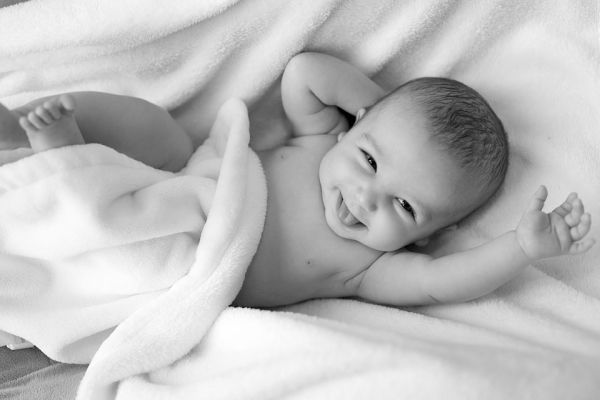A simple video recording of an infant lying in bed can be analyzed with artificial intelligence (AI) techniques to extract quantitative information useful for assessing the child’s development as well as the efficacy of ongoing therapy.
Subtle characteristics in the spontaneous movement of very young babies may reveal clinically important aspects of their neurodevelopment. Visual assessment of typical movement patterns (General movements, GM) by a clinical expert is known to be effective in early identification of e.g. cerebral palsy (CP).
“A three month old infant shows frequently occurring stereotypical, dancing-like movements throughout the body and limbs. A noted absence of them is highly predictive of later emergence of CP,” says Sampsa Vanhatalo, professor of clinical neurophysiology, University of Helsinki.
A very early identification and subsequent therapeutic intervention would be highly beneficial for alleviating the neurodevelopmental impact of CP. Currently, a child is diagnosed with CP at much later age, typically between 6 months and 2 years of age. GM analysis holds promise in early detection of CP, however, it needs special expertise that is currently obtained through international teaching courses, which effectively limits the number of doctors or therapists with the relevant skills. In addition, GM analysis in its present form is based on visual assessment, which is always subjective.
Read more at University of Helsinki
Photo Credit: Pexels via Pixabay


